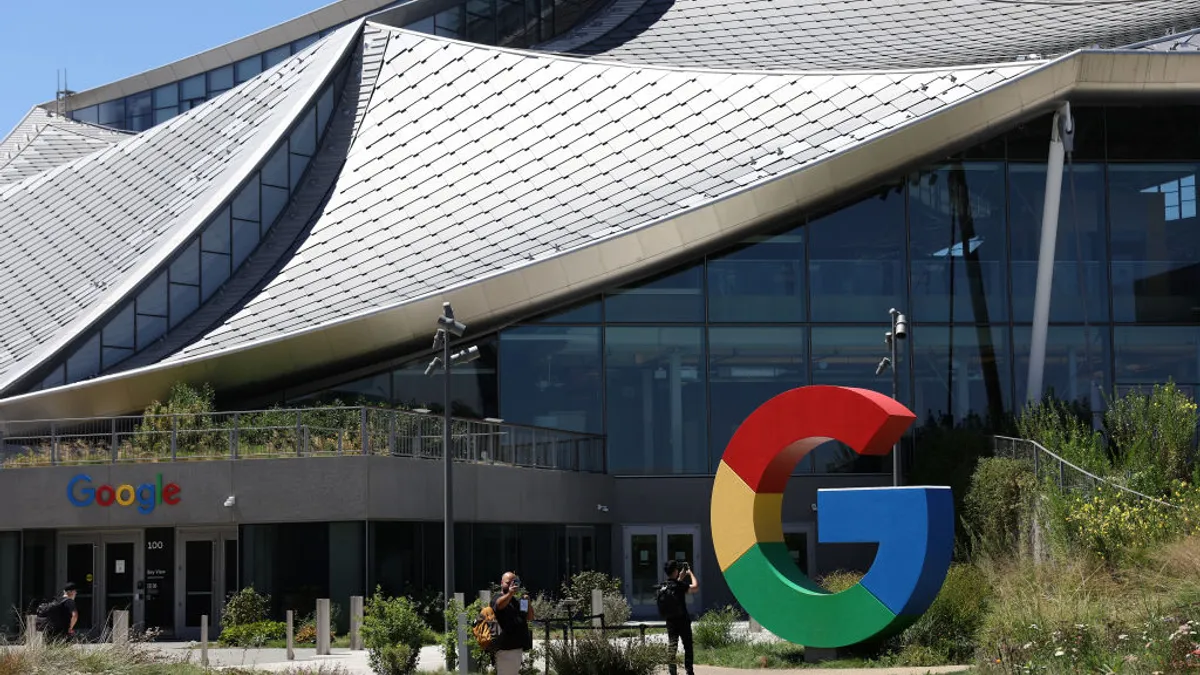Brief:
- Generation Z consumers ages 18 to 21 are more likely than any other demographic group to use mobile banking, reflecting their easy familiarity with apps that help manage money, according to a study by Accenture on the future of payments. More than two-thirds (69%) of this group prefer to bank with a mobile app, making mobile the preferred banking channel for the youngest group of adults.
- Even with their high usage of mobile apps, Gen Zers are more likely than other age groups to visit a bank at least weekly to deposit cash into electronic accounts. One-quarter (23%) of Gen Z visits a bank at least weekly, compared with only 16% of baby boomers and 20% of all consumers. Gen Z is also the most likely to use cash when making an in-store purchase, with 28% preferring the payment method, compared to 18% of millennials, the study found.
- Mobile payment adoption has yet to gain traction among the majority of consumers, per Accenture. Twenty-three percent of consumers said they'd use a digital wallet offered by a bank or non-bank third party and abandon their current banking mobile app if they could get all their account data on a mobile wallet. Nearly half of baby boomers are the most likely to ditch their traditional bank’s app in favor a digital wallet.
Insight:
Accenture's study on consumer payment habits shows a slowly growing familiarity with mobile financial services and a willingness among the youngest consumers to embrace mobile transactions when possible — which will have a profound effect on brick-and-mortar banks and retailers. Young adults are found to be especially comfortable using mobile tech to manage their finances, and one reason they visit bank branches and depend on cash could be that this younger age group is generally associated with cash-based jobs that earn tips.
Mobile wallets haven't grown much in popularity in the past 12 months, with usage rising 4 percentage points from 16% last year to 20% in 2017. The limited growth shows that consumers aren't incentivized to use a mobile wallet instead of a plastic credit or debit card.
Accenture found that payments usage remained consistent over the past few years, aside from an increase in debit cards and mobile wallet apps from quick-service restaurants like Starbucks. Nearly two-thirds (63%) of consumers said they use a debit card for payments at least weekly, up from 53% in 2014. At any rate, cash has maintained its status as the most frequently used payment method at 66% for the past three years.
As Accenture recommends, banks should take advantage of branch visits to engage younger consumers and educate them on financial services, especially as non-bank apps and digital wallets grow in popularity and consumers turn to convenient mobile banking instead of visiting a branch. The long-term trend points to cashless mobile payments and greater competition for banks from platforms like Apple Pay, Android Pay and Samsung Pay.







